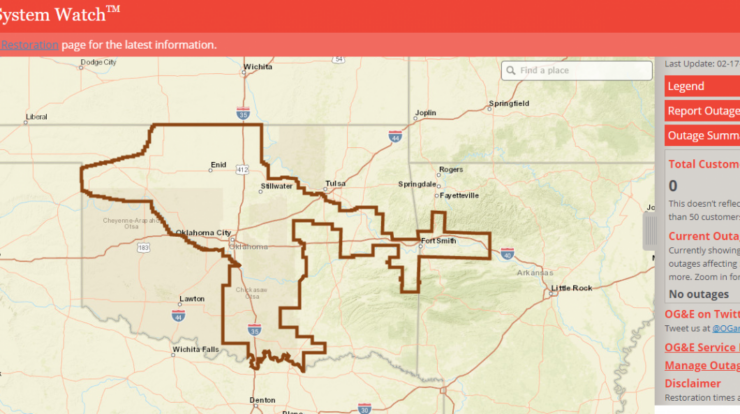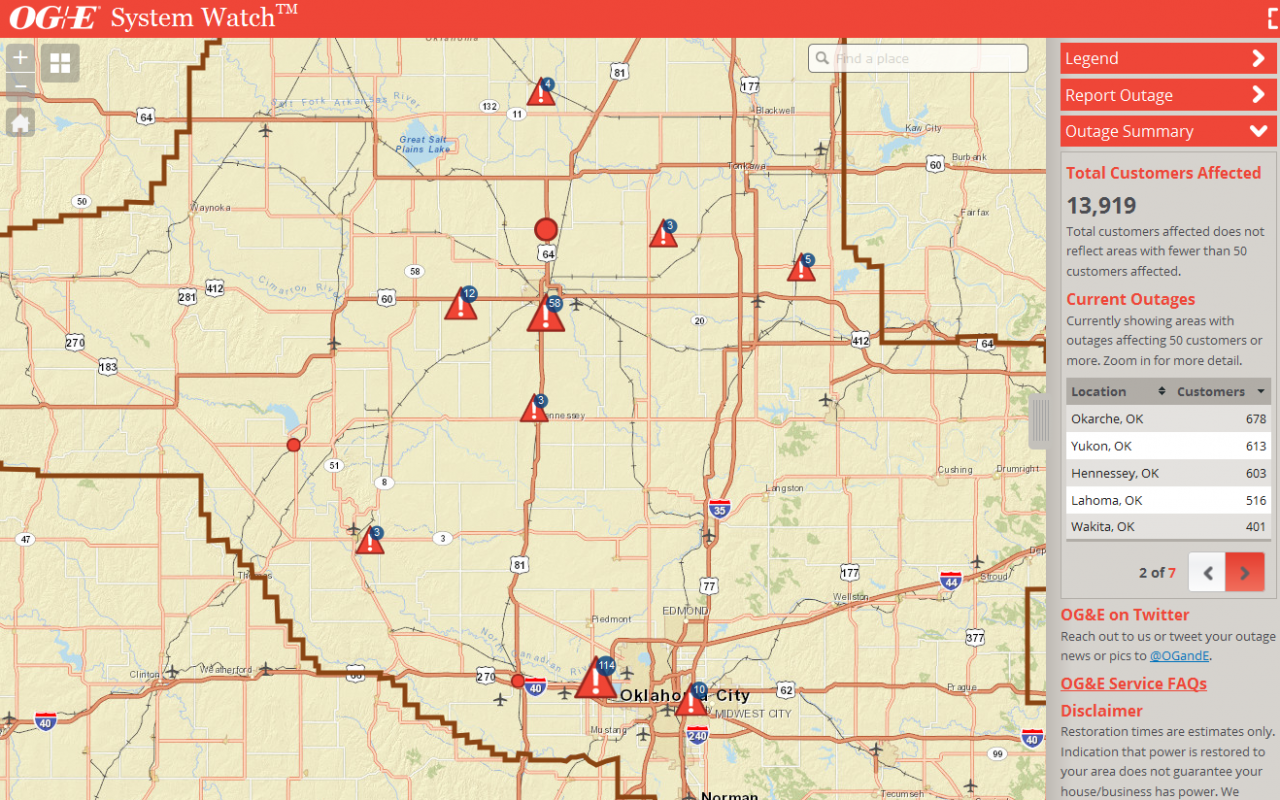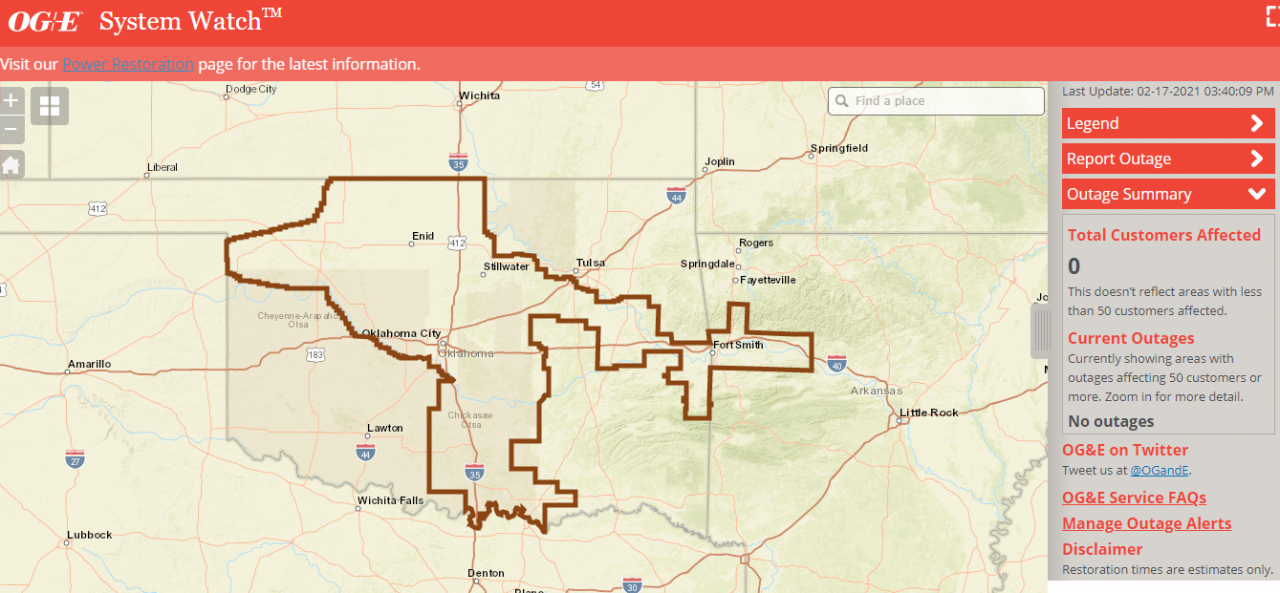
The OGE System Watch, an innovative monitoring and risk assessment tool, revolutionizes system monitoring by providing comprehensive insights into potential threats and vulnerabilities. This cutting-edge system empowers organizations to make informed decisions, ensuring the stability and integrity of their critical systems.
Through its meticulous data collection, advanced analytics, and tailored reporting, the OGE System Watch empowers organizations to proactively identify and mitigate risks, ensuring the smooth operation of their systems and the protection of their valuable data.
1. OGE System Watch Overview
The OGE System Watch is a comprehensive monitoring and risk assessment system designed to enhance the safety and reliability of critical infrastructure. It provides real-time visibility into the operational status of these systems, enabling proactive identification and mitigation of potential risks.
The primary purpose of the OGE System Watch is to improve situational awareness, facilitate informed decision-making, and support incident response efforts. By continuously monitoring system performance and analyzing data from multiple sources, the OGE System Watch helps organizations detect anomalies, identify emerging threats, and assess the potential impact of system failures.
The OGE System Watch encompasses a wide range of critical infrastructure sectors, including energy, transportation, water, and communications. It covers both physical and cyber infrastructure, providing a holistic view of system vulnerabilities and risks.
2. OGE System Watch Components
The OGE System Watch is composed of several key components that work together to provide a comprehensive monitoring and risk assessment solution. These components include:
- Data collection and aggregation: The OGE System Watch collects data from various sources, including sensors, telemetry systems, and operational logs. This data is aggregated and processed to provide a consolidated view of system performance.
- Real-time monitoring: The OGE System Watch continuously monitors system performance against predefined thresholds and alerts. This enables early detection of anomalies and potential risks.
- Risk assessment: The OGE System Watch employs advanced analytical techniques to assess the potential impact of system failures and identify critical vulnerabilities. This information is used to prioritize risk mitigation efforts.
- Incident response: The OGE System Watch provides support for incident response efforts by providing real-time information on system status and potential threats. This information helps responders make informed decisions and coordinate resources effectively.
- Reporting and dissemination: The OGE System Watch generates regular reports and alerts to inform stakeholders about system performance and identified risks. These reports are disseminated to key decision-makers and incident responders.
3. OGE System Watch Data Sources
The OGE System Watch utilizes a variety of data sources to provide a comprehensive view of system performance and risks. These data sources include:
- Sensor data: Sensors installed throughout critical infrastructure collect real-time data on system parameters such as temperature, pressure, and flow rates.
- Telemetry data: Telemetry systems provide data on the operational status of equipment and devices, including alarms, status updates, and performance metrics.
- Operational logs: Operational logs record events and activities within critical infrastructure systems, providing valuable insights into system behavior and potential anomalies.
- External data: The OGE System Watch also integrates data from external sources, such as weather forecasts, traffic patterns, and social media feeds, to provide a broader context for risk assessment.
4. OGE System Watch Analysis Methods

The OGE System Watch employs a range of analytical methods to assess system risks and identify potential threats. These methods include:
- Statistical analysis: Statistical techniques are used to identify patterns and trends in system data. This information can be used to detect anomalies, predict potential failures, and assess the likelihood of system outages.
- Machine learning: Machine learning algorithms are trained on historical data to identify complex patterns and relationships in system performance. This information can be used to predict future events and identify potential risks.
- Risk modeling: Risk modeling techniques are used to assess the potential impact of system failures and identify critical vulnerabilities. This information is used to prioritize risk mitigation efforts and develop contingency plans.
- Scenario analysis: Scenario analysis is used to simulate potential events and assess the impact on system performance. This information can be used to identify vulnerabilities and develop mitigation strategies.
5. OGE System Watch Reporting and Dissemination

The OGE System Watch generates regular reports and alerts to inform stakeholders about system performance and identified risks. These reports are disseminated to key decision-makers and incident responders. The reports include:
- System status reports: These reports provide an overview of system performance, including key metrics, alerts, and identified risks.
- Risk assessment reports: These reports provide detailed analysis of system risks, including potential threats, vulnerabilities, and mitigation strategies.
- Incident response reports: These reports provide real-time information on system status and potential threats during incident response efforts.
6. OGE System Watch Case Studies
The OGE System Watch has been successfully implemented in various critical infrastructure sectors. Here are a few case studies that demonstrate its practical application:
- Case study 1: In the energy sector, the OGE System Watch was used to identify a potential risk of transformer failure at a major substation. This information enabled the utility to take proactive measures to mitigate the risk and prevent a catastrophic outage.
The Netherlands celebrates King’s Day with vibrant festivities that showcase the country’s rich history and culture. This annual celebration honors the reigning monarch, currently King Willem-Alexander , and brings communities together in a spirit of unity and pride.
- Case study 2: In the transportation sector, the OGE System Watch was used to detect an anomaly in traffic patterns on a major highway. This information was used to identify a potential traffic jam and coordinate resources to mitigate its impact.
- Case study 3: In the water sector, the OGE System Watch was used to monitor water quality in a major reservoir. This information was used to identify a potential contamination event and alert authorities to take appropriate action.
7. OGE System Watch Future Directions
The OGE System Watch is continuously evolving to address emerging trends and challenges in the field of system monitoring and risk assessment. Future enhancements and applications include:
- Integration of new data sources: The OGE System Watch is exploring the integration of new data sources, such as social media feeds and IoT devices, to provide a more comprehensive view of system performance and risks.
- Advanced analytical techniques: The OGE System Watch is investigating the application of advanced analytical techniques, such as artificial intelligence and deep learning, to improve risk assessment and prediction capabilities.
- Cybersecurity enhancements: The OGE System Watch is focused on enhancing cybersecurity measures to protect against cyber threats and ensure the integrity of system data.
Closing Summary

As the future of system monitoring unfolds, the OGE System Watch continues to evolve, embracing emerging technologies and methodologies to stay at the forefront of risk assessment. Its ongoing development ensures that organizations can confidently navigate the ever-changing landscape of system threats, safeguarding their operations and maintaining a competitive edge.
Key Questions Answered
What is the primary function of the OGE System Watch?
The OGE System Watch serves as a comprehensive monitoring and risk assessment tool, providing organizations with real-time insights into potential system threats and vulnerabilities.
In a tragic turn of events, a devastating tornado has struck Lincoln, Nebraska, leaving a trail of destruction. As the community grapples with the aftermath, comprehensive resources are available at Elkhorn Nebraska Tornado: A Comprehensive Guide to History, Safety, and Recovery to provide support and guidance.
How does the OGE System Watch collect and analyze data?
The OGE System Watch leverages a variety of data sources, including system logs, performance metrics, and security alerts. Advanced analytics are then employed to identify patterns, trends, and potential risks.
What are the key benefits of using the OGE System Watch?
The OGE System Watch empowers organizations to proactively identify and mitigate risks, optimize system performance, ensure regulatory compliance, and make informed decisions based on data-driven insights.





